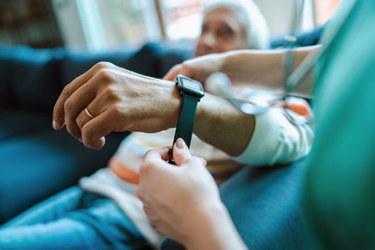Ensuring Regulatory Compliance When Using Wearables In Clinical Trials

Wearable technologies are playing an increasingly critical role in modern clinical trials, offering continuous data collection, real-world evidence, and enhanced patient engagement. However, their adoption also introduces new regulatory complexities that must be carefully managed.
As the integration of wearable devices becomes more widespread, regulatory bodies such as the FDA and the EMA, as well as privacy authorities enforcing HIPAA and GDPR, have heightened their oversight. While these technologies enable more efficient and patient-centric research, improper implementation can lead to protocol deviations, compromised data integrity, and regulatory noncompliance.
Challenges include ensuring device validation, determining whether the device qualifies as Software as a Medical Device (SaMD), and safeguarding the security and traceability of collected data. Moreover, failure to align with data protection regulations can have significant legal and ethical consequences. Importantly, these risks are not insurmountable. With thoughtful planning, appropriate training, and a robust data infrastructure, sponsors and CROs can fully leverage the benefits of wearables while maintaining regulatory integrity. Explore the key regulatory considerations associated with wearable technology in clinical research and how purpose-built platforms, such as TrialKit, support compliance at every stage.
Get unlimited access to:
Enter your credentials below to log in. Not yet a member of Clinical Leader? Subscribe today.
